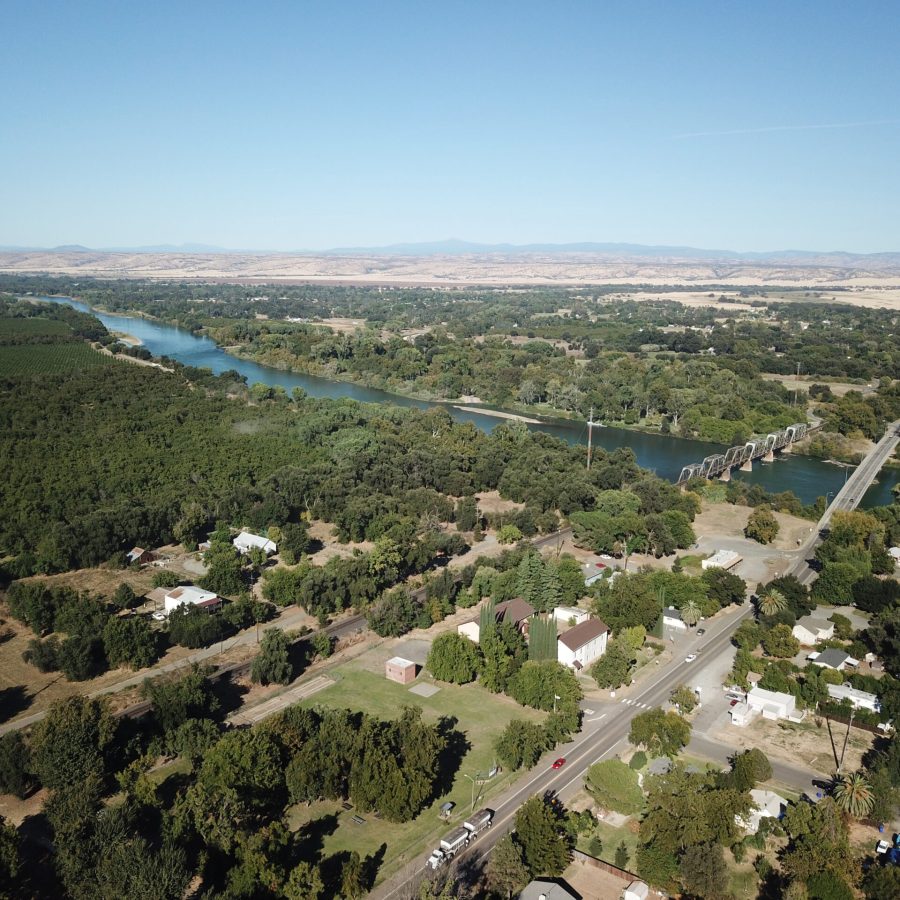Reduce Exposure and Impact
The hazard mitigation plan is an official statement of a jurisdiction’s hazards, vulnerability analysis, and mitigation strategy. It is the result of a collaborative multi-agency and citizen planning process. As a living document, it guides implementation activities to achieve the greatest reduction of vulnerability, which results in saved lives, reduced injuries, reduced property damage, and protection for the environment.
To ensure public consensus through a planning process on mitigation actions that best suit the community. It allows communities to focus efforts and limited resources on the most highly desirable mitigation projects. Jurisdictions must have a State and federally approved plan to apply for and receive mitigation grants. These grants can augment local mitigation activities already underway and future planned activities too. Ultimately, these actions reduce vulnerability and communities are able to recover more quickly from disasters.

With inflation and the cost of materials on the rise, constant reconstruction can be a continued strain on already stressed jurisdictional budgets. Hazard mitigation planning and related grant funding break the expensive cycle of damage and reconstruction by taking a long-term view of better community and land-use planning, of which citizen action is central and necessary.
